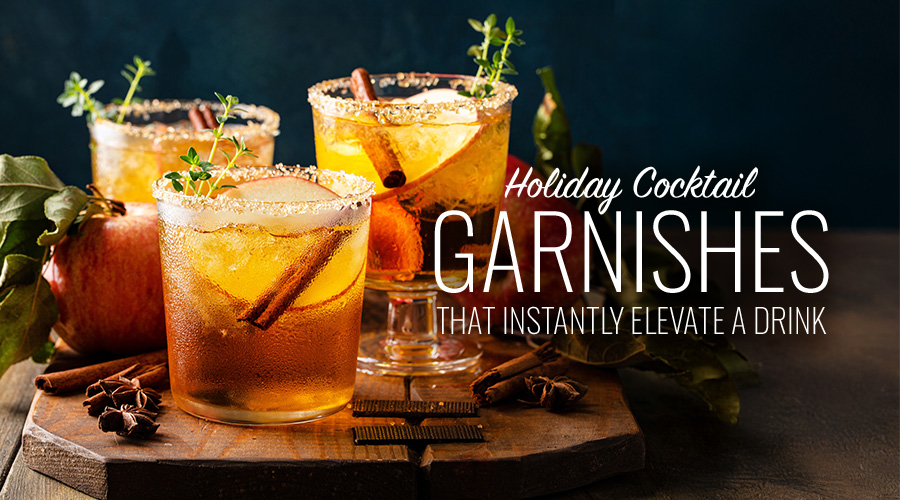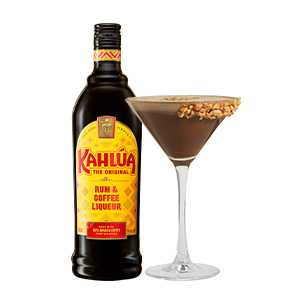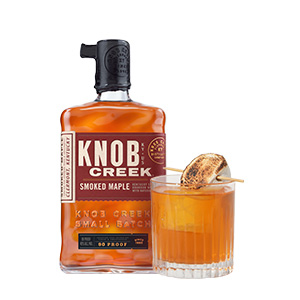
I have a healthy level of curiosity in what we taste, how and why, when eating and drinking. How is it that I taste different fruits, flowers, herbs and spices in my cup of coffee? Why does this beer taste different today than it did last time I had it? What about this combination of ingredients is making me taste something that just isn’t there? I can’t help but to start pulling things apart at this point, but I have a limited knowledge of what is going on. That means, I should satisfy my curiosity, if nothing else, by doing some research…and I did!
Much of what we think we know, or were taught, about taste is flawed or incomplete. A quick reintroduction to the goings on in your mouth in regards to perceptions of things, in this case beer. Most of us were taught the “Tongue Map” and the locations on our tongue that perceived the 4 (now 5…maybe more?) basic tastes of: sweet, salty, bitter and sour (5th being umami/savory). Well, most of the regions on your tongue can perceive all of these tastes to varying degrees, so discard the idea of a tongue map. These 5+ tastes are the result of evolutionary changes based on dietary and safety needs. Before a grocery store trip warranted all of our nutritional needs, the way something tasted indicated to our ancestors whether it was good, having nutritional value, or bad, being poisonous or spoiled. Sweet suggested nutritional value. Similarly, minerality in salty foods gave an indication of some value. Bitter and sour were used as a warning to poisonous or rotten things.
While these basic tastes explain the base of what we would call flavor, they come nowhere near describing the depth and complexity of liquids we regularly ingest. The best comparison of the “structure” of flavor is that these basic tastes are the steel beams that provide the base. So, where then does the remaining architecture of all of these wonderful flavors come from?

Flavor is a result of the involvement of several systems, beyond just taste buds on the tongue. Most important to flavor is the sense of smell. Smell is the
result of volatile molecules finding their way into your nose. Inside, these compounds come into contact with mechanisms that discern what they are and send that information to your brain. Having 5+ basic tastes, but the capability of distinguishing thousands of unique smells is why flavor is more than just taste. This is also why it is not recommended to experience a beer for the first time directly from the can or bottle. When you take a drink from one of these, you’re covering the opening with your mouth and limiting your ability to smell the beer. It’s almost as bad as the impact, on flavor, of not being able to smell when we are sick with a clogged nose.
Which brings up another point of interest when it comes to perceiving taste; what is it about the brewing of beer that creates so many flavors outside of cereal grains and herbal hops? Part of the answer is fermentation and wonders that yeast can produce. The basics of fermentation many of us are given in grade school biology is that yeast metabolize sugar and create alcohol and CO2. While true, that’s not the whole story. Beyond just alcohol and bubbles, yeast also produces a wide range of flavor and aroma compounds, most of which fall into two categories: Esters & Phenols. For our purposes, esters are fruity volatile compounds in beer. Phenols, similarly, are volatile compounds, but their specific flavor set is less easy to classify. You may come across well known spicy phenols that resemble clove or pepper. Smoke may be perceived, where there is no smoke. Both of these groups bring a set of flavors that, chemically are there, but really aren’t there. For example, acetaldehyde is one such compound that can be produced in varying levels by yeast. This chemical is perceived as “green apple”. So, even though nothing having to do with apples was involved in the brewing of the beer, you could find that flavor in there. The same goes for things like diacetyl (butter, butterscotch) or banana (isoamyl acetate). Yeast and their resulting fermentations are a mind blowing topic and one that makes me wish I was a better student…I might have attended school to learn more about something like this.
Another part of the answer is varying combinations of ingredients and all of the volatile compounds they bring to the mix. This is where a brewer’s creativity shines. Many malt and hop varieties have their own unique flavors that aren’t normally associated with these crops, flavors like: corn, caramel, chocolate, coffee, grapefruit and tropical fruits. Even on their own, many of these are reason to think more about what you’re drinking and how it got that flavor, but once they are combined, along with the flavors of fermentation, the possibilities are astounding.
More to consider is the impact that things before you smell or taste a beer can do to your ability to honestly perceive what is going on in the liquid. The power of suggestion is real and strong. How many times have you been drinking with a friend that tastes something you didn’t taste, at first, but do once it’s been brought to mind? Or, how often are your tastes impacted by the romantic descriptions on the label or shelftalker, by a critic or some service clown (ME!) standing in front of a group of you at a tasting event? I don’t believe I could tell you that a Pilsner has hints of “cocoa” and have you find anything similar, but mention of “pineapple, guava and mango” in some new school IPA and immediately EVERYONE tastes it! For example, the one suggestion that’s bothering me lately isn’t even a suggestion, it’s the style name, Cream Ale. Can we all agree that the name in no way fits the style of beer? The beer is not creamy, nor does anything about it resemble cream. At the Smith St. location, we have full-size, ½ barrel kegs of Buffalo Bayou Sam’s Daily for the same price ($99.74 cash for the liquid) as regular domestics. NO BRAINER! But, when the beer is explained to anyone unfamiliar with it, many are put off by the idea of anything creamy. It’s not! That’s the style…But, put the idea of “creamy” out there and I’ve had people tell me they liked how “creamy” Sam’s Daily or 8th Wonder Dome Faux’m are. I’m not one to argue someone’s perceptions, but I fail to see anything about these beers as creamy.
Finally, the biggest variable in what you taste is…YOU! Each person brings a wide range of things into a tasting that can, and will, impact how and what they taste. First and foremost, above I mentioned: “pineapple, guava and mango”. I have no doubt most have tasted pineapple and can identify the flavor. There is a good likelihood that many of you have the same familiarity with mango. But, guava? Maybe I’m the only one, but I couldn’t tell you what a guava tasted like. I just don’t have enough experience with that flavor. So, even if it’s there…I’m not going to be able to identify it as such. I may taste something vaguely “tropical fruit”. So, your taste experiences will impact your perceptions.
Additionally, you can desensitize yourself to tastes and flavors over time. The best example is that of the “Lupulin Threshold Shift”. Vinnie Cilurzo, legendary brewer at Russian River Brewing Company and the gentleman credited with the development of the first double/imperial IPA, introduced this idea that eventually you do become less sensitive to bitterness. Sweetness is another taste that will likely be impacted by your diet. Do you eat a lot of sweets? This may cause you to perceive beers as less sweet than someone who does not indulge as often.
Finally, you bring your preferences into the mix. Some preferences may be genetic, because it is possible to be more sensitive to certain chemicals than average, and depending on the chemical this could lead to you enjoying, or hating, those things more. Supertasters have a higher concentration of taste receptors in their mouth that lead to an increased ability to perceive. Sounds great, but for those not a fan of bitterness, imagine that turned up to 11? No longer “super”.
The more I learn about taste, the more enjoyment I find in each drinking experience. Add that to the fact that this expedition into perceptions, and the science of taste have relit a fire in me that had recently been reduced to embers, and you can expect to hear a lot more on this topic. Understanding flavor and taste will bring your drinking experience to another level and allow you to comfortably and confidently pair your beer with everything from a shot, a meal or the next beer. Expect to see a long series of articles on this topic. I will also be incorporating all of this information to the classes I will be starting again in late July. I’M BACK!
To keep up with Release information & New Items at Spec’s, Follow: @Specs_Beer_Dept on Twitter




